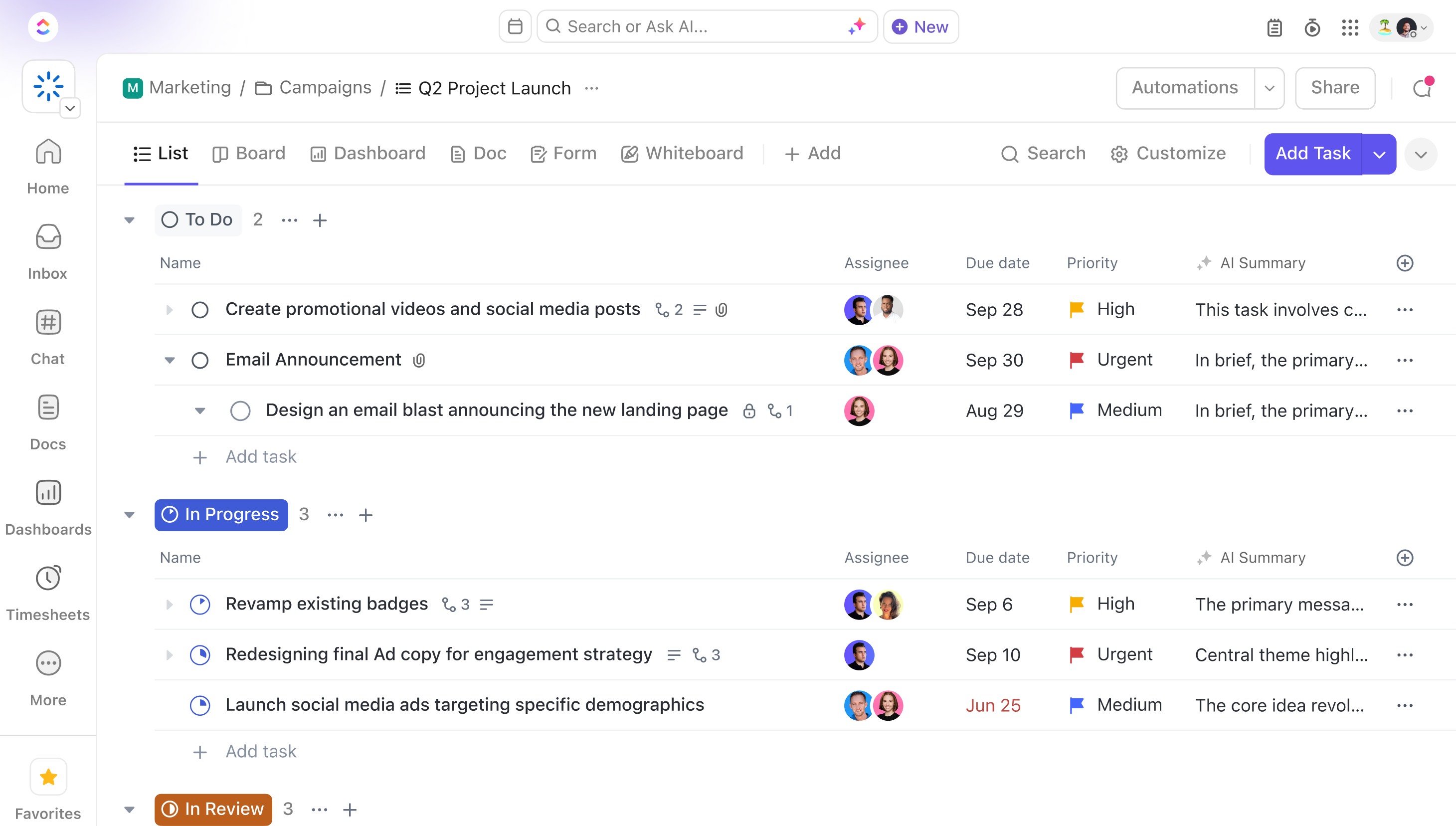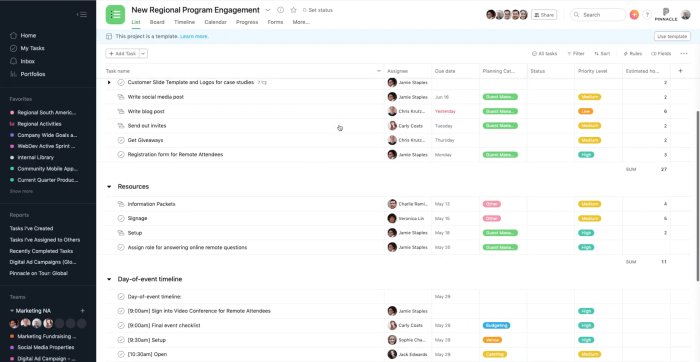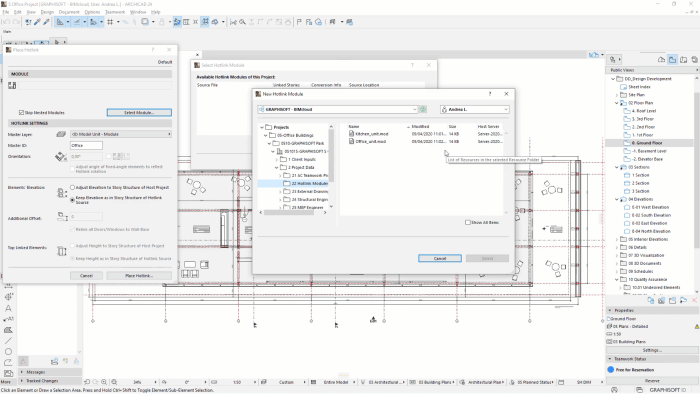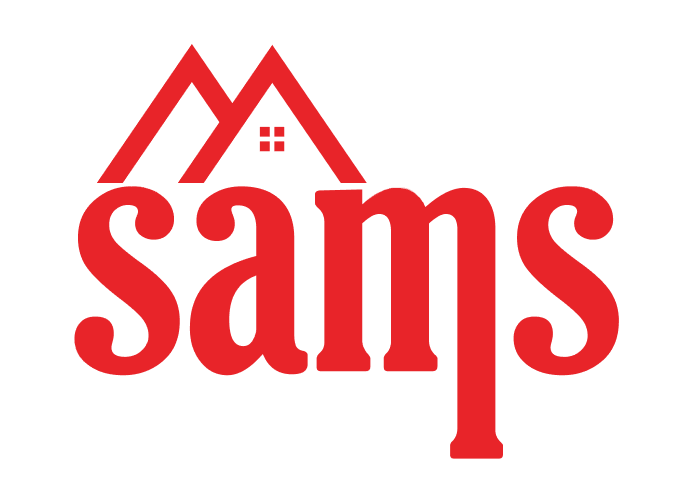Top 10 Project Management Softwares for Architects

Introduction
Choosing the right project management software is critical for modern architecture studios. From tracking time and tasks to managing payments and clients — studios need Software that are practical, easy to adopt, and tailored to design workflows.
When looking for architecture project management software, there are a few things that you should keep in mind.
First, software should have time tracking as integral in how it manages projects, resources staff, and does billing. In architecture, time is money and there’s no way to measure performance and profitability without using time as the key metric.
Second, they need to be easy to administrate and use because architecture firms don’t often have an in-house IT expert.
Here's our 2025 roundup of the top 10 options.
#1SAMS

SAMS (Smart Architectural Management Software) is a purpose-built project and studio management software designed exclusively for architecture firms. Unlike general software, SAMS combines sprint-style task workflows with time tracking, team accountability, and client/payment visibility. It works as a complete Studio OS that aligns daily activities with long-term business visibility.
Designed for studios of all sizes, SAMS brings every key process — from internal standups to payment milestones — into one clean interface. It reduces tool clutter, encourages ownership, and ensures you never lose track of deadlines or dues.
- ✅ Weekly sprints and task delegation
- ✅ Live dashboards with team KPIs
- ✅ Payment tracking tied to project milestones
- ✅ Web, Android, and iOS access
- ✅ Designed by architects for architects
SAMS helps you replace 5 disconnected tools with one. Book a demo.
#2Monograph

Monograph is a project operations platform developed for architecture firms, particularly those focused on budgeting, scheduling, and team forecasting. Its strength lies in helping principals and project managers visualize how team time is allocated, what resources are needed, and how fees are distributed across phases.
While it doesn’t focus on agile task workflows, it excels at providing financial clarity and timeline oversight. Best suited for firms where profitability and planning are closely tracked.
- Resource forecasts for staffing
- Project fee tracking
- Gantt-style project timeline views
- Resource planner for workload balancing
- Tailored for US-based architectural operations
#3ClickUp

ClickUp is a general-purpose productivity platform used across industries. For architecture studios, it provides task boards, docs, and dashboards that can be customized for studio workflows. Its flexibility is its strength — and its challenge. You’ll need to design your own system from scratch or adopt architecture templates.
ClickUp works well for startups or multidisciplinary teams who value automation, integrations, and detailed project hierarchies.
- Custom statuses and dashboards
- Strong integrations and automations
- Affordable for startups
- Docs + wikis in-line with tasks
- Highly customizable structure
#4ArchiOffice

ArchiOffice is a legacy software built specifically for architecture firms focused on time, expense, and documentation. It’s often favored by firms with traditional workflows that revolve around logging hours, tracking contracts, and billing clients.
While effective, the UI and on-premise deployment feel outdated to many new-generation teams. Cloud-first firms may find it limiting unless they’ve already invested deeply in it.
- Document-centric workflow
- Time logs + billing reports
- Architecture-friendly structure
- Integrates with legacy accounting systems
#5Asana

Asana is a clean, modern project management tool popular among creative and tech teams. For architects, it supports visual task organization through boards, timelines, and lists. Its design makes collaboration simple — but it lacks built-in tools for billing, architecture KPIs, or client approvals.
Asana is a great choice for small studios focused on simple task workflows and team visibility.
- Multiple view options: list, timeline, board
- Team mentions and notifications
- Timeline, board, and calendar task views
- Limited time tracking (via integrations)
#6ArchiCAD

ArchiCAD by Graphisoft is a leading BIM (Building Information Modeling) tool that doubles as a collaborative project management environment. While it’s primarily a design and modeling software, it integrates project coordination, drawing version control, and team communication inside architectural projects.
Firms using ArchiCAD benefit from centralized model data, issue tracking, and design collaboration in real time. However, it doesn’t replace studio-level operations like task management or sprint tracking — so many teams pair it with tools like SAMS or Monograph.
- Many design features like Pro Visualization and Railing Tool
- Document Management and Collaboration Tools
- Real-time team collaboration (via BIMcloud)
#7OOTI

OOTI blends invoicing, planning, and budget control for architecture firms. Its fee solver, mapping tools, and subcontractor tracking make it well-suited for firms managing external consultants.
- Subcontractor fee handling
- Auto-generated invoices
- Project finance modules
#8Xledger

Xledger is a cloud-based ERP platform designed for project-based industries, including architecture and engineering firms. Unlike lightweight PM tools, Xledger focuses on financial visibility, project accounting, and real-time cost tracking.
Firms use it to manage time sheets, expenses, revenue recognition, and multi-project financial dashboards. While it’s not designed for task-level collaboration or sprint-based work, Xledger is ideal for CFOs or operations heads needing tight budget control.
- Handles billing and payroll
- Integrates with third party vendors with web services, JSON data exchanges, and GraphQL
#9Monday.com

Monday.com is a highly visual platform offering colorful project dashboards and column-based boards. It works well for teams that enjoy building workflows visually — especially if you need progress tracking across multiple team types.
Architecture firms can use it for scheduling, resource views, and team workload — though architecture-specific features must be configured.
- Dynamic dashboards
- Visual project views
- Timeline, Gantt, calendar views
#10Deltek Ajera

Ajera is a comprehensive project accounting and management platform built for architecture and engineering firms. It includes project planning, resourcing, invoicing, and integrated financials — making it suitable for mid-large firms with complex accounting needs. While powerful, it’s less intuitive for non-accountants and not ideal for small creative studios.
- Advanced financial planning
- Detailed project reporting
- ERP-level financial and planning tools
Conclusion
With so many tools available, the best software for your architecture firm depends on your size, process, and priorities. But if you want architecture-first features, flexible sprint tracking, payment oversight, and performance dashboards — SAMS leads the pack in 2025.
How Time Tracking Can Help Architects Understand Project Profitability

How Studio Owners Can Gain More Visibility Without Micromanaging


